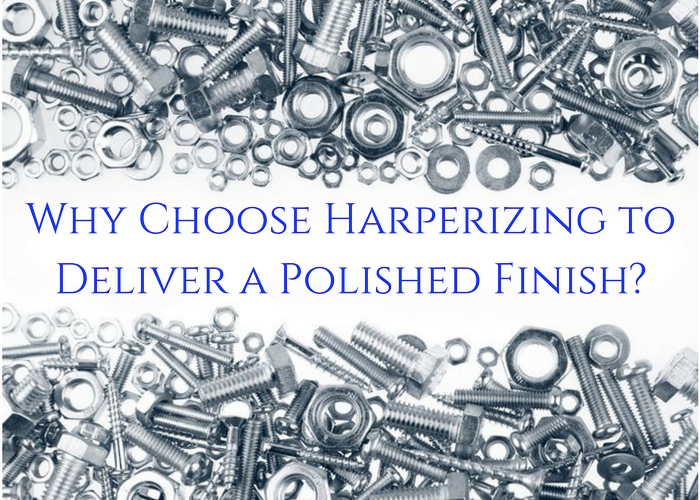Mass finishing processes can effectively remove rust from metal surfaces through a combination of mechanical action, abrasive media, and specialized compounds. Here are five ways in which mass finishing can assist with the removal of rust.

Abrasive Action – The primary mechanism in mass finishing for rust removal is abrasive action. Abrasive media, such as steel, ceramic, plastic or organic are used to physically abrade the rusted surfaces of the metal parts. As the media circulates within the mass finishing machine, they come into contact with the rust, effectively wearing it away. This abrasion process helps to loosen and remove the rust from the surface. Vibratory finishing, U-Tub and barrel tumbling are excellent examples of this type of rust removal.
Media Impact – the impact of the abrasive media against the rusted surfaces can dislodge loose rust particles and help break up thicker rust formations. For example, with shot blasting, the continuous collision of the steel media with the parts create a consistent and controlled abrasion, eliminating rust and giving a uniform finish to the metal part.
Compound Assistance - Compounds or additives can be added to the mass finishing process to enhance rust removal. Rust inhibitors and specialized cleaning compounds can help dissolve or loosen rust, making it easier for the abrasive media to remove the rust, as well as inhibiting the formation of new rust during and after the process. Ultrasonic cleaning using the proper chemicals can remove rust without the use of a media, especially useful for delicate parts.
Surface Polishing – While the primary goal is rust removal, mass finishing processes often have the additional benefit of polishing the surfaces. Any pitting caused by the rust can be blended out, resulting in a cleaner and shinier appearance.
Coverage and Consistency – Mass finishing ensures uniform rust removal across all parts being processed. The continuous movement of the parts and media helps to ensure that all surface areas of each part are exposed to the abrasive action, leaving no untreated spots. Selecting the proper media and compound can also assist with hard to reach places, or internal bores and chambers.
It's important to select the appropriate combination of media, compounds, equipment and process parameters to achieve effective rust removal while avoiding over-processing or damaging the parts.
Many factors play a role in the removal of rust. The severity of the rust, the type of metal, the media chosen, the compounds chosen, the equipment as well as the duration of the process.
Latem Industries has been removing rust for our valued customers for over 45 years, in fact, it is something we excel at. Latem offers quick turnaround and extensive experience in this field. Let us assist you in getting rid of annoying rust.

